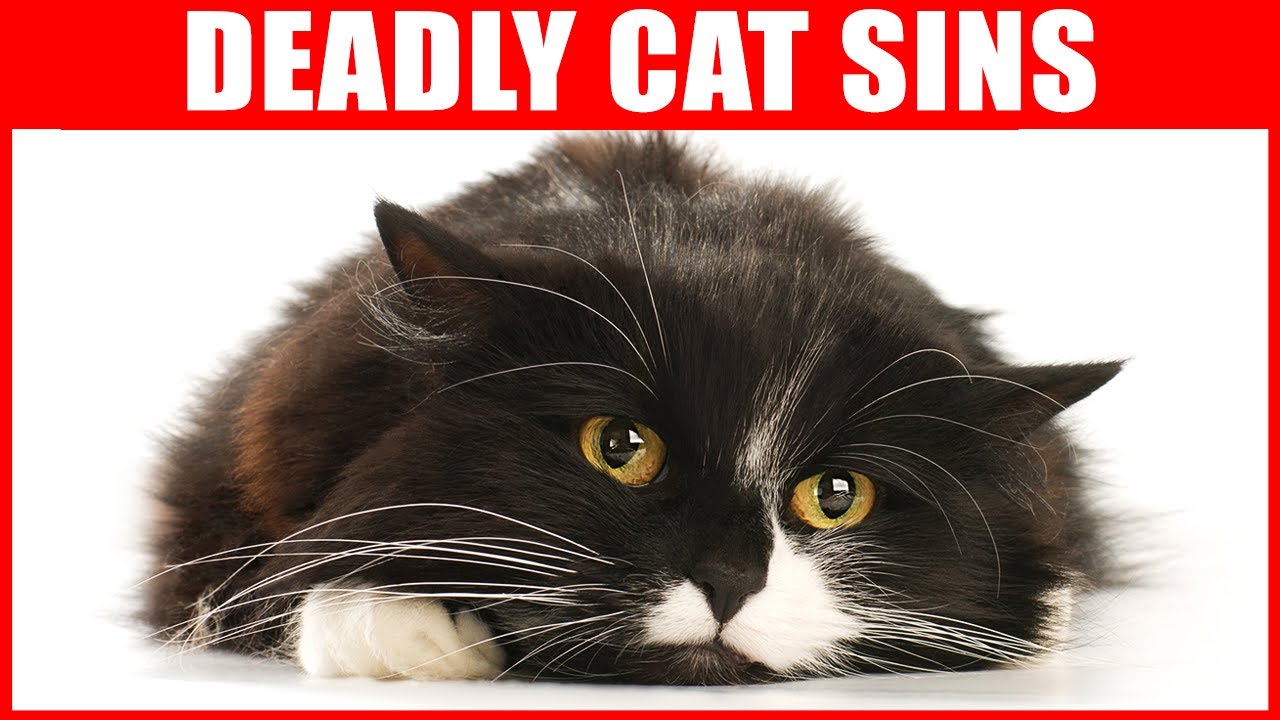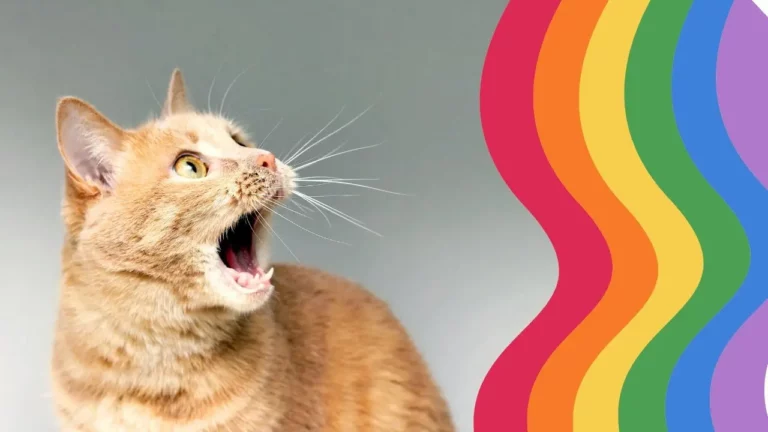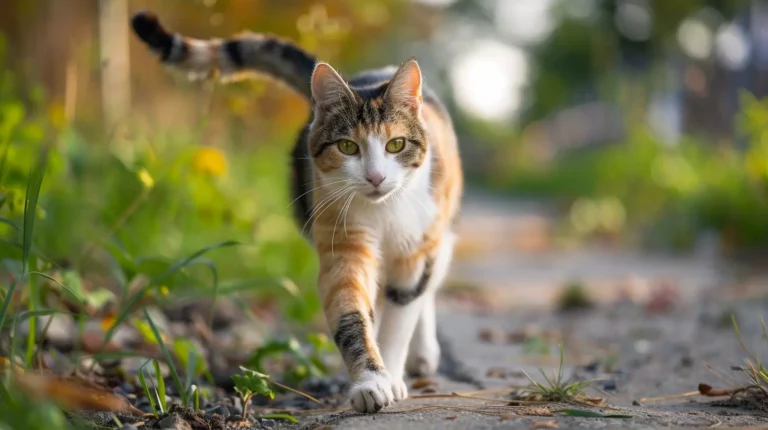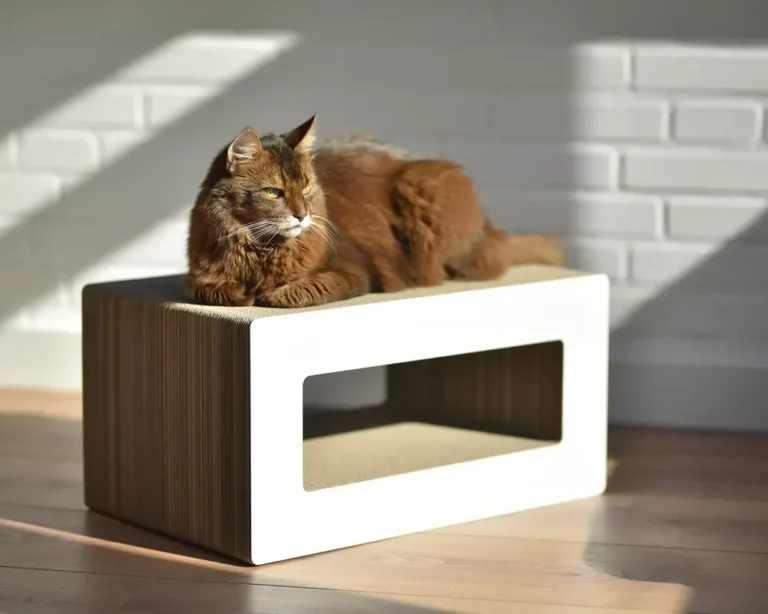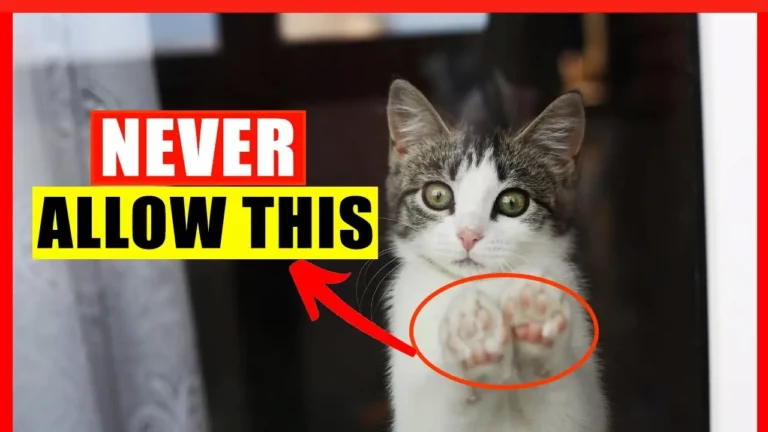The Seven Deadly Cat Sins!
I’ve always found it fascinating how our
Take gluttony, for example: ever noticed your
These traits aren’t just amusing quirks; they can impact their health and our relationship with them.
So, how do we address these issues effectively while ensuring our cats remain happy and healthy?
Let’s explore each of these ‘sins’ and uncover practical ways to manage them without compromising our pets’ well-being or our sanity.
Gluttony
When it comes to gluttony, my
Despite his meal portions being carefully measured, he always behaves as if he’s starved for days.
His enthusiasm for food doesn’t wane throughout the day. Even after his meals, he constantly begs for treats, his eyes wide and pleading.
I’ve noticed that this gluttonous behavior isn’t just about hunger; it’s also about habit and boredom.
Cats, like humans, can overeat out of routine or lack of stimulation.
To manage his gluttony, I’ve started incorporating more playtime and interactive toys to keep him engaged.
Feeding him smaller, more frequent meals has also helped manage his appetite better.
However, it’s important to monitor his weight and overall health.
Obesity in cats can lead to serious health issues like diabetes and arthritis. Consulting with a veterinarian makes sure that his diet meets nutritional needs without overfeeding.
Balancing his diet and activity levels has become a priority, aiming for a healthier, happier
Sloth
Observing my
Whether it’s the sunniest patch on the carpet, a soft pillow, or even an open drawer, he can turn any place into his personal sanctuary for sleep.
Cats, in general, are known for their ability to sleep up to 16 hours a day.
This behavior isn’t just about laziness; it’s a natural instinct.
In the wild, cats are predators that conserve energy for hunting. Though my
Interestingly, a
These ‘zoomies‘ often come out of nowhere, reminding me that beneath his sleepy exterior lies a creature capable of remarkable agility. However, these moments are short-lived, and he’s soon back to his relaxed state.
Understanding my
Envy
I often catch my
Cats, despite their independent nature, can feel jealous when they see their owners interacting with other animals or even other humans.
This can manifest in various ways, from sulking in a corner to acting out for attention.
Envy in cats isn’t just about wanting more affection; it can also be about territory and resources. If your
You might notice them rubbing against you more frequently, or even trying to physically place themselves between you and the other pet.
To manage this jealousy in cats, make sure you’re giving your
When introducing new pets, do it gradually, allowing your
Recognize their need for personal space and be patient.
By understanding and addressing your
Wrath
Though envy can be subtle, wrath in cats is often unmistakably fierce and immediate.
When a
Hissing, growling, sudden swiping, and even biting are all common signs of a
I’ve learned that understanding the triggers for a
For instance, territorial disputes, sudden loud noises, or even unfamiliar scents can set off a
Providing a safe and calm environment, with plenty of hiding spots and vertical spaces, can help mitigate these triggers.
Gradually introducing new pets or people can also reduce the chances of a wrathful reaction.
When a
Avoid direct eye contact, which can be perceived as a challenge, and give the
Lust
When spring arrives, the unmistakable signs of cat desire become evident as cats start displaying mating behaviors. Female cats, or queens, enter their heat cycles, marked by increased vocalization and restlessness.
They may roll on the ground, rub against objects, and raise their hindquarters as a signal to potential mates.
Male cats, or toms, respond by becoming more territorial and aggressive, often engaging in noisy fights to win over a queen’s affection.
During this period, it’s not uncommon to hear the loud, often eerie, mating calls in the middle of the night.
These sounds are designed to attract mates and ward off rivals.
Cats might also mark their territory more frequently with urine, which has a strong, distinctive odor.
If you’re a
Spaying or neutering your
It also helps in controlling the stray
Pride
Cats exude an unmistakable air of pride, often strutting around as if they own the place.
Their heads held high, tails flicking with an elegant confidence, they seem to command respect without uttering a sound. This pride isn’t just a surface-level trait but woven deeply into their behavior and interactions.
A
For instance, they meticulously groom themselves, ensuring each fur strand is in place.
This grooming ritual isn’t just about cleanliness; it’s a display of their self-worth and dignity.
When a
Moreover, cats are selective about their companions.
They choose who to grace with their presence, and when they do, it feels like an honor.
If a
Understanding this pride helps us appreciate their unique personalities and build stronger, more respectful relationships with our
Greed
Every
My
This greedy behavior isn’t just about food; it extends to toys, cozy spots, and even my attention.
Cats, by nature, are territorial creatures, and their greed can often be a manifestation of this instinct.
Understanding why cats display such greedy tendencies can help us manage their behavior better.
Cats are opportunistic eaters, meaning they’ll eat whenever food is available, driven by survival instincts. In a domestic setting, this translates to scarfing down treats and meals as if there’s no tomorrow.
To curb this, I’ve found that feeding smaller, more frequent meals can help.
Interactive toys and puzzles can also keep them mentally stimulated, reducing their urge to hoard resources.
Addressing greed in cats requires patience and consistency.
Setting boundaries, providing adequate resources, and ensuring a balanced diet can make a significant difference. By understanding and addressing their needs, we can foster a more harmonious relationship with our whiskered pals.
Conclusion
Understanding the Seven Deadly
This isn’t just about managing behavior; it’s about fostering a healthy relationship. Let’s be proactive in monitoring their well-being and providing mental stimulation. In doing so, we guarantee our cats lead happy, fulfilling lives while strengthening our bond with them.
